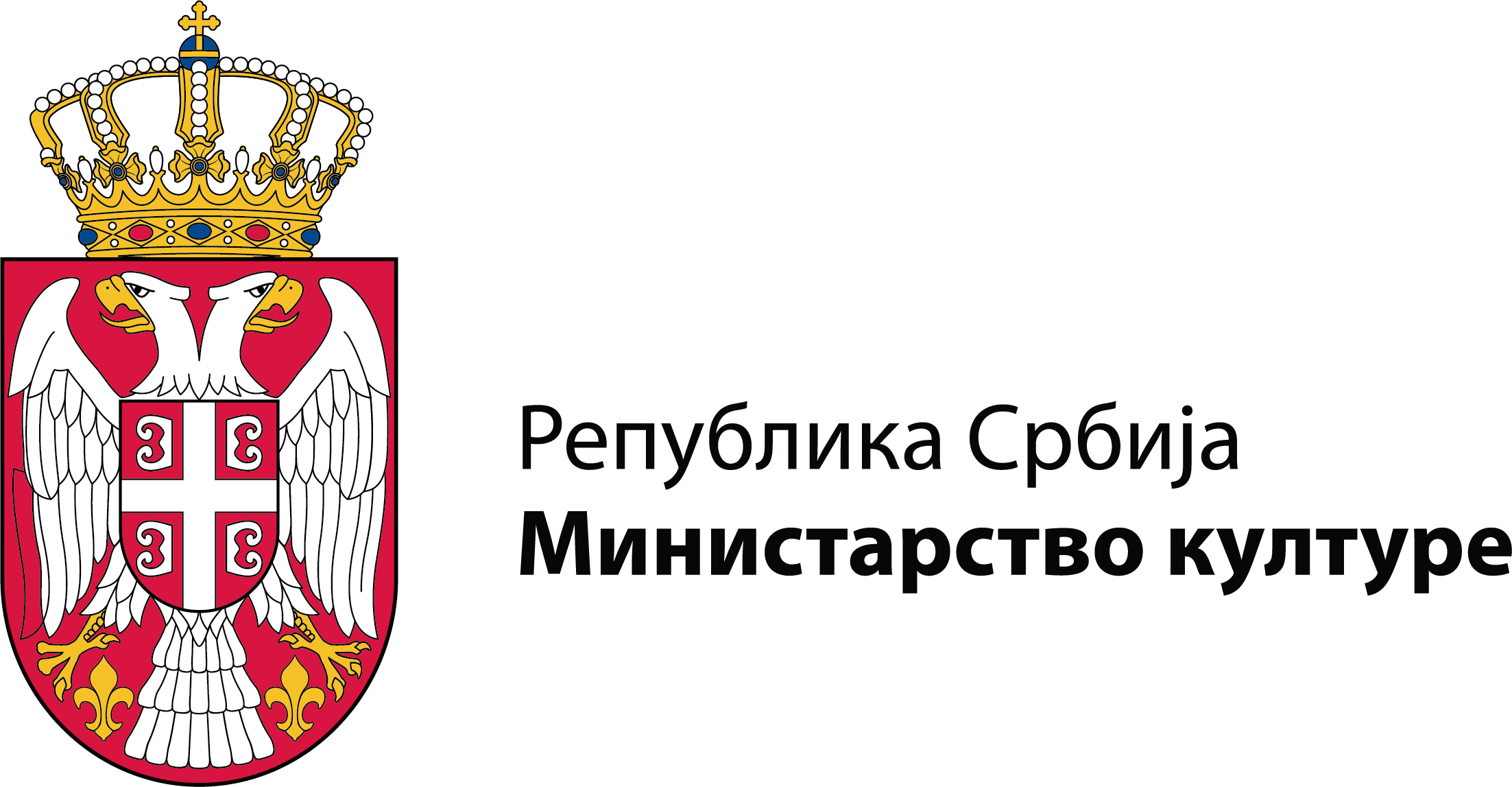The collection consists of items that bear witness to the knowledge and skills related to crafts, of the rural and urban population in the period of the 19th and 20th centuries from the area of the former Yugoslavia.
The Crafts Collection includes tools used by artisans as well as self-taught craftspersons for their household needs, along with craft products, partially finished items, and written documents such as master (apprenticeship and guild) certificates confirming the successful completion of professional exams and mastery of a craft.
The majority of the collection consists of widely used tools for working with various materials, including wood, clay, leather, fur, wool, metal, and stone. These tools include axes, adzes, knives, hatchets, drills, files, compasses, hammers, scissors, and more. Additionally, the collection features potter’s wheels, rope-making wheels, sewing machines, various types of molds and templates, decorative carving tools, mortars, and other equipment.
The acquisition of these items through field research, purchases, or donations began with the formation of the Ethnographic Museum’s collections in the early 20th century. The collection of entire workshops is limited to a few examples, including a nanuldžija workshop (for making nanule—wooden footwear), an opančar workshop (for making opanci—traditional leather footwear), a wheelwright’s workshop, a cooper’s workshop (for making and repairing barrels), and others.
The collection contains 2,300 items.
The curator in charge of the collection is Danijela Filipović, senior curator: danijela.filipovic@etnografskimuzej.rs
The majority of the collection consists of widely used tools for working with various materials, including wood, clay, leather, fur, wool, metal, and stone. These tools include axes, adzes, knives, hatchets, drills, files, compasses, hammers, scissors, and more. Additionally, the collection features potter’s wheels, rope-making wheels, sewing machines, various types of molds and templates, decorative carving tools, mortars, and other equipment.
The acquisition of these items through field research, purchases, or donations began with the formation of the Ethnographic Museum’s collections in the early 20th century. The collection of entire workshops is limited to a few examples, including a nanuldžija workshop (for making nanule—wooden footwear), an opančar workshop (for making opanci—traditional leather footwear), a wheelwright’s workshop, a cooper’s workshop (for making and repairing barrels), and others.
The collection contains 2,300 items.
The curator in charge of the collection is Danijela Filipović, senior curator: danijela.filipovic@etnografskimuzej.rs

